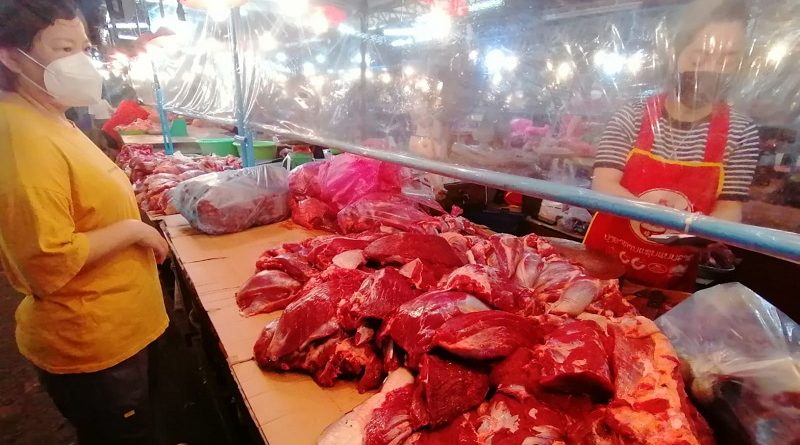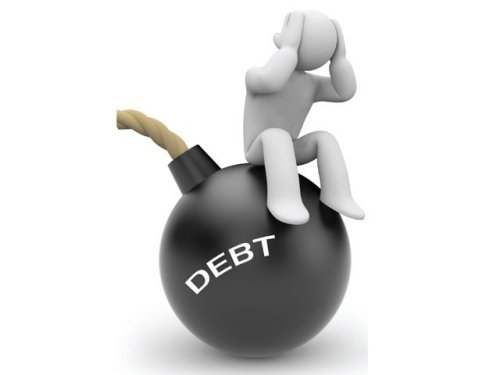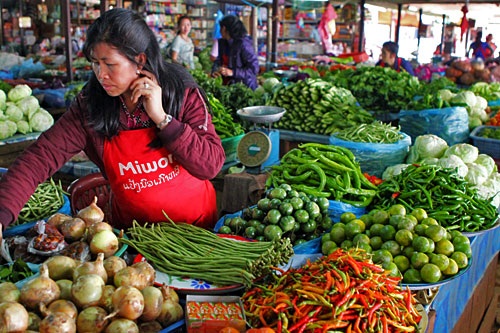Rising Inflation Sparks Public Concern
Source: Vientiane Times
In the past 42 days, fuel prices have risen four times, causing heated debate among members of the public who are increasingly concerned about the spiralling cost of consumer goods.
The price of Grade A pork has now risen to 55,000 kip per kg while the price of beef has surged to 95,000-100,000 kip per kg, according to local vendors.
Senior economist and Dean of the Faculty of Economics and Business Management, National University of Laos, Associate Professor Dr Phouphet Kyophilavong, told Vientiane Times that the rising cost of fuel is one of the main drivers of inflation.

Since Laos is almost entirely dependent on imported fuel, the rise in price is driving up the cost of many consumer items, as well as transport costs.
In December last year, the price of fuel increased by 38.7 percent year-on-year, further driving up costs in the communications and transport category, as well as production costs and food prices, according to the Lao Statistics Bureau.
In January, the Ministry of Industry and Commerce bumped up the price of fuel three times and just last week issued another notice on further increases in the retail price of all types of fuel.
Motorists in Vientiane now pay 16,190 kip for one litre of premium grade petrol, 14,280 kip for regular grade petrol, and 12,520 kip for diesel.
Worldwide, the price of fossil fuel has almost doubled in the past year, driving up energy costs and inflation, especially in Europe.
Crude prices rose more than 15 percent in January alone, with the global benchmark price touching US$90 a barrel for the first time in more than seven years, according to a report in the New York Times.
“Many energy analysts predict that oil could soon touch US$100 a barrel, even as electric cars become more popular and the coronavirus pandemic persists,” stated the New York Times.
Some countries have raised interest rates to increase the cost of borrowing as a means of curbing inflation.
Last year, the inflation rate in Laos averaged 3.74 percent, which was higher than the rate of economic growth at 3 percent.
From September to December last year, inflation rose above 4 percent, driven by the price of food, fuel and depreciation of the kip against the Thai baht and US dollar, which further drove up the cost of imported goods.
The government has urged the sectors concerned to do more to boost domestic production and reduce imports, as well as introduce incentives that attract more private investment in Laos to expedite economic recovery.



